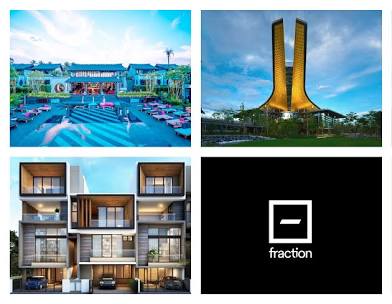IT IS YOUR MONEY
Fractional Ownership via Asset Tokenization
Fractional ownership through tokenization allows investors to own a piece of high-value assets like real estate, art, or yachts. Blockchain enables secure, divisible, and tradable digital shares. This model lowers entry barriers and increases market liquidity. Platforms like Masterworks and RealT are already making luxury assets accessible to the masses.

Democratizing Access to High-Value Assets
Historically, assets like fine art, luxury real estate, or vintage cars were accessible only to the wealthy. Tokenization changes this by dividing ownership into digital shares, each represented by a blockchain-based token. Investors can buy as little as 1% of a $10 million property or a rare Picasso, gaining proportional rights and returns.
This model democratizes wealth-building opportunities, allowing retail investors to diversify into alternative asset classes previously out of reach. It also enables global participation—anyone with internet access and compliant credentials can invest.
How Fractional Tokenization Works
The process begins with asset valuation and legal structuring. The asset is placed in a special-purpose vehicle (SPV), and ownership shares are issued as security tokens on a blockchain. These tokens are programmable: they can distribute dividends (e.g., rental income), enforce transfer restrictions, and record ownership history immutably.
For example, a $5 million Manhattan loft is tokenized into 5,000 tokens at $1,000 each. Token holders receive monthly rental income via stablecoins and can trade their tokens on a regulated exchange when liquidity is available.
Platforms like RealT (real estate) and Masterworks (art) have already tokenized hundreds of properties and artworks, attracting tens of thousands of investors.
Real-World Examples and Market Growth
Masterworks tokenized a Jean-Michel Basquiat painting in 2021, allowing over 20,000 investors to own a piece of the $50 million artwork. When the piece was sold in 2023, profits were distributed automatically to token holders.
In Dubai, a luxury villa was fractionalized into 10,000 tokens, selling out in under 48 hours. Investors earned rental yields and benefited from price appreciation when the tokens were resold at a premium.
Even yachts and aircraft are being tokenized. Yacht.One offers fractional ownership of luxury vessels, with blockchain managing bookings, maintenance costs, and profit-sharing.
Benefits and Risks
Benefits include diversification, liquidity (via secondary markets), and transparency. Investors can track asset performance, income, and expenses in real time.
However, risks exist. Regulatory uncertainty, platform reliability, and market volatility in secondary trading are concerns. Additionally, physical asset management—maintenance, insurance, legal disputes—must be professionally handled to protect investor interests.
The Future of Ownership
Fractional ownership is redefining what it means to “own” an asset. It’s no longer about holding a deed or a painting—it’s about holding a digital share in a globally accessible, transparent, and liquid market.
As more assets go on-chain, from farmland to music royalties, fractional ownership will become a standard investment strategy.
The era of exclusive ownership is fading. In its place is a more inclusive, efficient, and digital model of shared value and opportunity.
To explore how fractional ownership can expand your investment horizons, visit DigitalAssets.Foundation and speak with experts for a FREE consultation.

More News
© 2025
